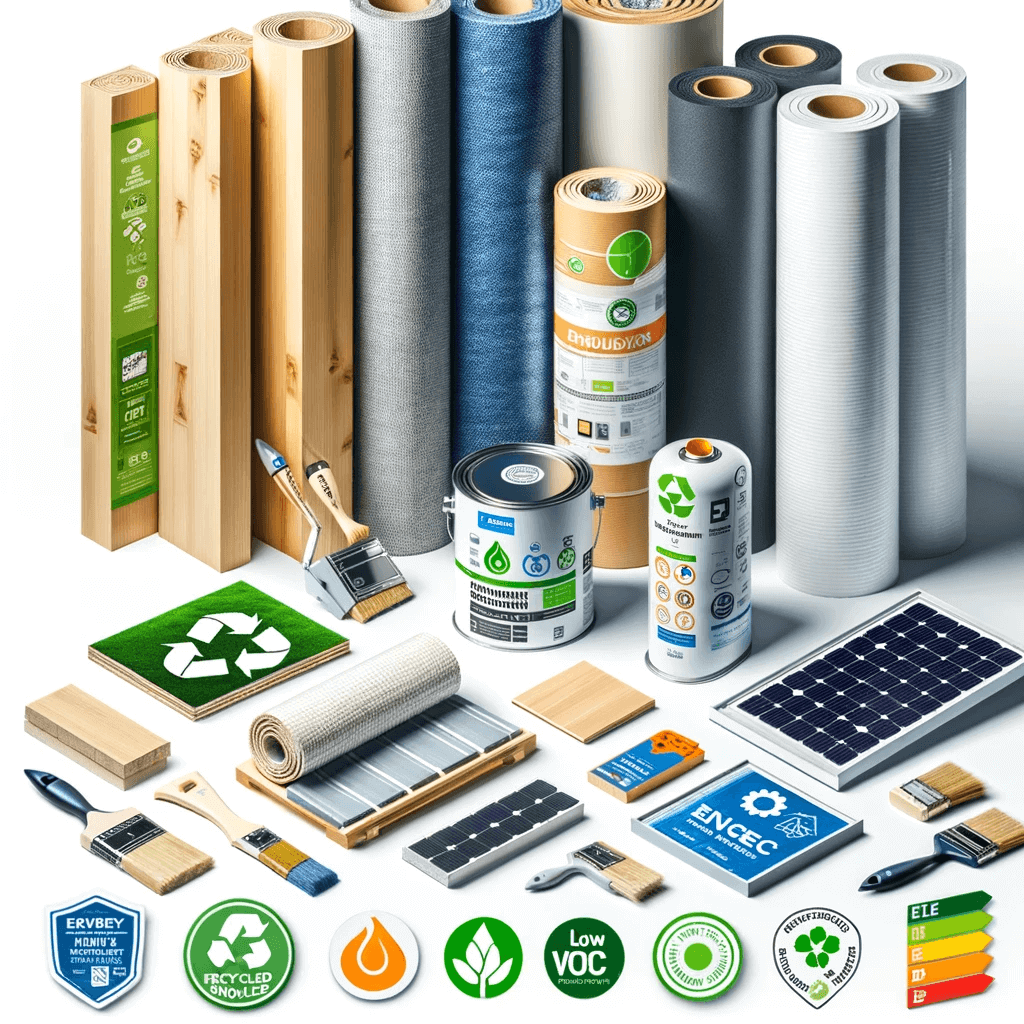
What is sustainability for building products?
Sustainability for building products is a big word these days, and it means different things to different people.
For building product manufacturers, it’s about navigating requests from architects, contractors, green building codes, sustainability systems, and legislative mandates—all in the pursuit of getting specified on projects and continued product sales.
The secret is that all products are sustainable; you just need to know the basics and how to fulfill the requests.
State and Federal Requirements
Nearly all states have adopted sustainability in the form of green building codes, like CalGreen of California. CalGreen has set mandatory and voluntary requirements for projects. These are the basic requirements, and not the only sustainability requirements.
If you have been watching the news lately, we hear a lot about climate change and carbon emissions. The higher the carbon emissions, the higher the global warming potential (GWP) of a product’s fabrication process.
State and federal legislation has now set the maximum global warming potential for a product, and that’s a big change from past discussions on carbon emission.
The first legislation started on July 1, 2022, by the State of California, known as the Buy Clean California Act.
The Buy Clean California Act sets carbon emission limits on steel, rebar, flat glass, and mineral wool insulation purchased by publicly funded projects. Now the Federal Buy Clean Initiative, New York City, and the Colorado Embodied Carbon Legislation are in use.
Design Professionals
In a recent survey by the AIA in 2022, 79% of architects want to specify more sustainable materials than they do today (97% among millennials).
Sustainability for design professionals is a vision of a more sustainable design, improved indoor air quality, low carbon emissions, and better projects for the environment.
This vision is in the seen in the form of sustainability rating system like WELL, LEED, CHPS, and LBL help to achieve their goals.
These systems are like a giant scavenger hunt for construction teams to locate products with sustainability documentation.
So creating easy-to-access documentation is the first step in satisfying their requests.
Sustainable product documentation
Health Product Declaration (HDP) is a material inventory of what your product contains down to a 1,000 or 100ppm. Like a food label for each product, assembly or component. Declare labels, and a manufacturer inventory on each product serves the same purpose, however HPDs the most popular.
Life Cycle Assessment (LCA) studies the environmental aspects and potential impacts throughout a product’s life cycle (i.e. cradle-to-grave) from raw materials acquisition through production, use and disposal. The general categories of environmental impacts needing consideration include resource use, human health, and ecological consequences.
Environment Product Declaration (EPD) facilitates business-to-business transactions, although they may also benefit environmentally focused consumers when choosing goods or services. Companies implement EPDs to improve their sustainability goals and demonstrate a commitment to the environment to customers.
Manufacturer-specific EPDs (not industry-wide averages) are accepted by state and federal buy clean and carbon emission legislation.
Recycled Product Declarations allow you to declare the amount of material used using an ISO standard. The standard provides clear guidelines on declaring recycled content and what information needs to be included in the declaration.
Red list chemicals are known to be harmful to living creatures or the environment. Manufacturers must develop a health product declaration, declare label or material inventory down to 1,000 or 100ppm. Then crossed check against the “red list” database.
Conclusion
Creating documentation is more important than ever if your goal is to get specified on more projects and to get a return on investment.
With 97% of millennials wanting to specify more sustainable materials, the demand by stakeholders will continue to grow. This will drive manufacturers to create documentation to stay competitive.
Documentation is essential when it comes to selling sustainable product.
Knowing the basics of sustainability and how to fulfill the requests places your products in a winning position. 😀
